
Falling leaves, pumpkins and apples are signs of fall. And so is asthma. Asthma attacks tend to increase in early autumn. During the coronavirus pandemic, it’s especially important for people with the disease to know how to prevent flare-ups, a lung expert says. “There are two different types of asthma flare-ups,” said Dr. Pushan Jani, an assistant professor of pulmonary and critical care medicine at the University of Texas Health Science Center at Houston. “First, you have those who suffer asthma year-round, and then there are some people who have seasonal asthma, which is triggered by different allergens and pollen in the air,” he said in a UTHealth news release. “This time of the year increases the attacks for seasonal asthma and can make those who suffer from persistent asthma control worse.” Every fall, Jani said he sees a significant increase in asthma-related hospitalizations as various types of pollen, such as ragweed, and mold fill the air. The combination of the COVID-19 pandemic, the start of the flu season and high pollen levels mean that people with asthma need to protect themselves so they don’t end up in the hospital. Stock up on any medications or inhalers needed to control flare-ups, Jani advised. Get an allergy test. “If you are unaware of what triggers these attacks, get tested. This will help pinpoint what you should… read on >










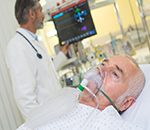
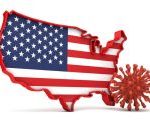
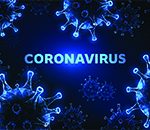
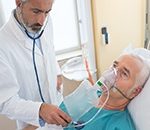
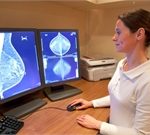








-300x200.jpg)













